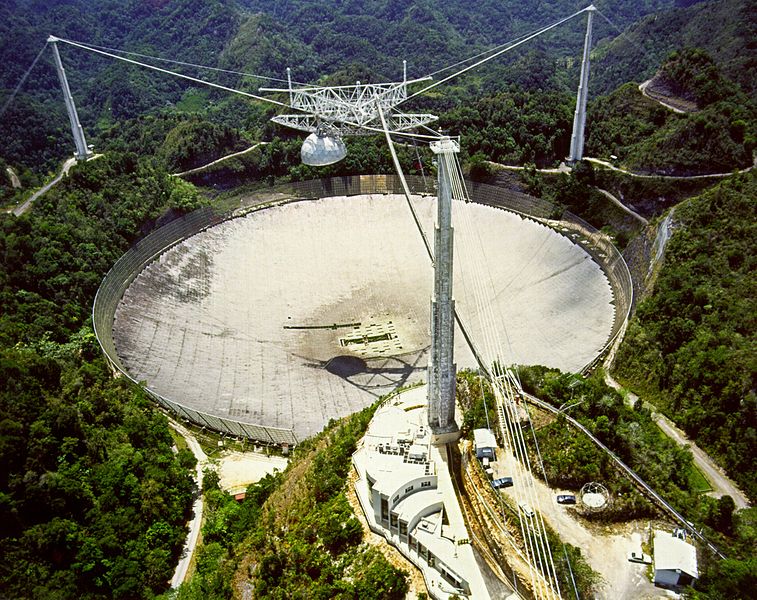It's a minor planet double header! On Friday, July 13th, two discovery teams announced that the asteroid each was studying was in fact a binary asteroid system. Below are the details on each discovery.
2007 LE
Report CBET 3175: M. Brozovic and L. A. M. Benner of the Jet Propulsion Laboratory (JPL), California Institute of Technology (Caltech); P. A. Taylor, E. S. Howell, and M. C. Nolan of the National Astronomy and Ionosphere Center; J. L. Margot of the University of California, Los Angeles; J. D. Giorgini of JPL, Caltech; M. W. Busch, S. P. Naidu, and C. Nugent, University of California, Los Angeles; C. Magri, University of Maine at Farmington; and M. K. Shepard, Bloomsburg University, report that Goldstone (8560 MHz, 3.5 cm) and Arecibo (2380 MHz, 12.6 cm) delay-Doppler radar images obtained on May 31st through June 5th reveal that minor planet 2007 LE is a binary system. The preliminary size estimates are about 500 m for the primary and about 180 m for the satellite. The orbital separation is at least 800 m, and the discovery team obtained a preliminary estimate for the orbital period of about 13 hours.
5143 Heracles
Report CBET 3176: P. A. Taylor, M. C. Nolan, and E. S. Howell at Arecibo Observatory, National Astronomy and Ionosphere Center (www.naic.edu) report that asteroid 5143 Heracles is a binary system. The team made radar observations in 2011 from December 10th through 13th. The imaging suggest that the component diameters are 3.6 +/- 1.2 km for the primary and 0.6 +/- 0.3 km for the secondary. The orbital period appears to be between 14 and 17 hours with a separation of at least 4 km. The team's report also noted that an orbital period between 40 and 57 hours with an implied separation of at least 11 km could not be ruled out, but would be inconsistent with their assumption of a synchronously rotating secondary body.
The asteroid system 5143 Heracles (1991 VL) was discovered November 7, 1991 from Palomar Observatory by American astronomer Carolyn S. Shoemaker. 5143 Heracles is a near-Earth system, belonging to the Apollo asteroid group. With an orbital period of about 2.48 years, 5143 Heracles is a Mercury grazer and a Mars crosser (perihelion 0.41793075, aphelion 3.24995768 AU). 51430 Heracles has an absolute magnitude of 14.0.
5143 Heracles is named after the son of Zeus and Alcmene in Greek mythology. Heracles was the greatest of the Greek heroes. In Rome and the modern West, he is known as Hercules.
Learn More
To learn more about 2007 LE, 5143 Heracles and other near-Earth objects, check out these URLs:
NASA Jet Propulsion Laboratory (JPL) Small-Body Database Browser, 5143 Heracles (1991 VL), ssd.jpl.nasa.gov/sbdb.cgi?sstr=5143+Heracles .
NASA's Near-Earth Object Program, neo.jpl.nasa.gov .
To catch postings for all my blogs, subscribe on Twitter to twitter.com/RoamingAstro . Like what you see? Let me know! Email: RoamingAstroInput@gmail.com .
-

No comments:
Post a Comment